Arizona-Sonora Desert Museum
Introduction
Text-to-speech Audio
Images
Museum Entrance

Otter
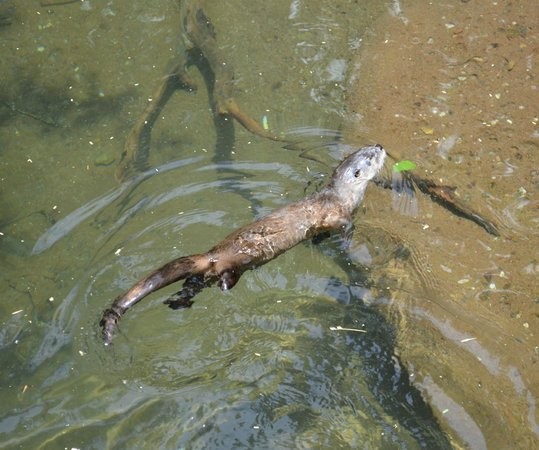
Scorpion

Coyote resting on a rock.
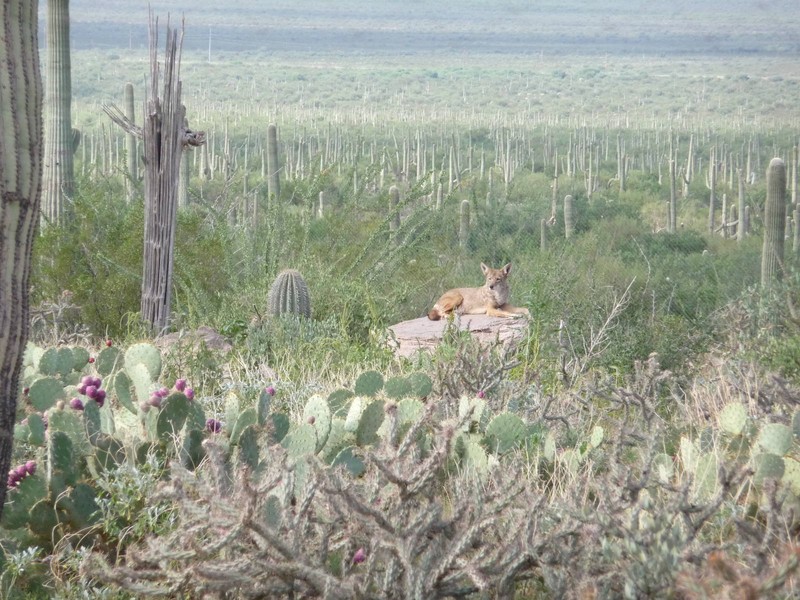
Warden Aquarium
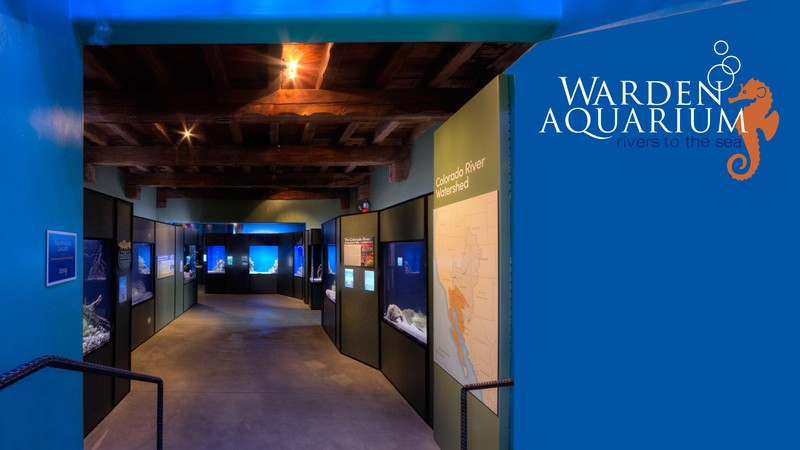
One of two gift shops at the museum.
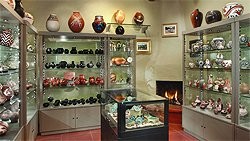
Raptor
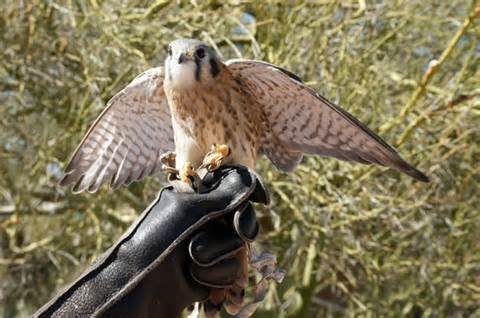
Museum Map (tap to enlarge)

Backstory and Context
Text-to-speech Audio
Founded in 1952, the Arizona-Sonora Desert Museum interprets the complete natural history of a single region—the Sonoran Desert and adjacent ecosystems—with plants and animals from the region featured together in its exhibits.
William H. Carr inspired and founded the Desert Museum with the support of his friend, Arthur Pack, a conservationist and editor of Nature Magazine. Carr had earlier founded the Bear Mountain Trailside Museum in New York, which was affiliated with the American Museum of Natural History. There he had developed a similar approach to displays, working with native plants and animals to create a regionally focused collection.
From 1953 to 1985, a local television series, Desert Trails, featured the museum. “It was an informal show, almost always having live animals and human guests, and focusing on the natural history of the desert as well as happenings at the museum.” In 1991 the museum partnered to develop a national television series known as "Desert Speaks.” It was produced in cooperation with the local PBS affiliate (KUAT), and with The Nature Conservancy of Arizona. This television series was broadcast in 200 markets and ran for 19 seasons."
Digital Library: The Arizona-Sonora Desert Museum has a digital library containing thousands of photographs of plants and animals. The digital library is an interactive site that has a kid’s page with videos, animal sounds, and games. Another interactive feature is the Plant Phenology section. One can look at a specific species of plant or compare two plant species. In addition, the “Time of Year” feature allows users to select a date on the calendar to view what species are in flower or are expected to be in flower. Past dates will also provide temperature and precipitation data, whereas future dates will give average temperatures and chance of precipitation.
A Sampling of the Museum's Exhibits
The Warden Aquarium opened in January 2013. This 1,100-square-foot aquarium highlights the roles of the Colorado and other life-giving rivers in the region, as well as the Gulf of California from which the water brought by the monsoon is essential to life in the Sonoran Desert.
The Life Underground exhibit highlights creatures that make their homes underground. Visitors enter a tunnel and walk below ground into a dimly lit corridor where various creatures, such as kit fox, kangaroo rat and ringtail, are featured. Here visitors learn where animals go when the desert heats up.
The Desert Loop Trail is an unpaved desert trail one-half mile long, passing through areas where javelinas, coyotes and lizards are on display. The fiber fencing there is designed to be almost invisible to the eye, making the enclosure feel like naturally open space. Agaves and various legume trees, native to the region, are identified on this trail.
Desert Garden was built as a partnership between SUNSET magazine and the Desert Museum. Three different levels of demonstration gardens display various species of plants that can be used in landscaping for homes in the Sonoran Desert region. There are two water features and seating. Attracted by water and flowers, wild native birds and butterflies frequently visit here.
